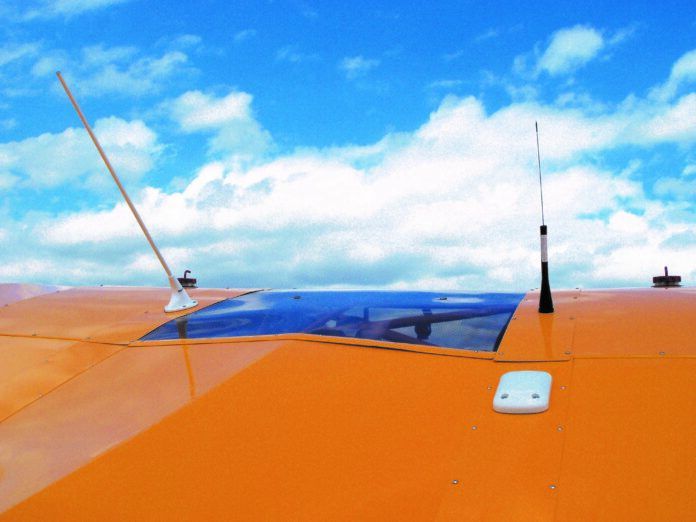You wrote an eye-watering check to the avionics shop for the latest and greatest gear, but that doesn’t mean the new suite is invincible. An electrical failure in a single-alternator, single-battery aircraft will make the unprepared wish the vacuum system wasn’t in the rubbish bin on the shop floor. Herewith is our plan for affordable belt-and-suspender backup.
• Auxiliary com antenna. Modern VHF comm transceivers make plenty of power and have good reliability, but an audio system or electrical failure could have you talking with a portable radio. You won’t talk far—maybe a few miles—without an external comm antenna. While the airplane is opened for the installation, ask the shop to install a belly-mounted antenna with a run of cable into the cabin. Either install a BNC antenna connector on the panel or simply coil the cable up in a map pocket so you can plug in a portable.
• Landing gear annunciators. Install a big-screen EFIS and you’re also paying for someone to cut a new metal instrument panel. Now is the time to improve upon the OEM’s landing gear lights. Reader Art Utay had the right idea while planning the new Garmin big-screen glass panel for his Bonanza. With the gear lights placed in a less than optimal location, his new panel accommodates a second set of annunciators placed directly in line with his eyeballs. We scanned the market for systems (and options for building your own) in the September 2020 Aviation Consumer.
• Avionics cooling fan. The latest Avidyne and Garmin navigators don’t require external cooling, but that doesn’t mean the radio stack doesn’t generate a lot of damaging heat, especially in glass-canopy aircraft with tightly packed panels. While the panel is opened up, consider an avionics cooling fan. The blower, through scat tubing directed into the rear of the stack or wherever there’s heat generated, greatly reduces heat by moving the hot air away from the electronics and away from the panel.
• iPad cooling case. Since excessive heat will inevitably take down the iPad (especially for panel surface-mounted ones), there are good accessories for taming the dragon. MyGoFlight’s Cool Case, the X-Naut cooling case and FalconDock are a few choices. We’re wrapping up a long-term field trial on various models for an upcoming report.
• Avionics master switch. You probably don’t think much about it, but this system could leave your panel in the dark if it fails. Whether it’s a self-contained circuit breaker switch or a switch connected to a solenoid, an avionics installation is the time to look at the system as a whole—from the condition and age of hardware to how the power distribution is configured. This deserves close consult with the installer. The equipment’s STC generally rules the bus configuration, but you can build in extra levels of backstop by splitting the bus to more effectively shed load, while also powering some systems (like engine monitors) separate of the avionics.
The experimental avionics world has long transitioned to solid-state power distribution and circuit protection, and there’s a lot to learn from the tech built into the VerticalPower PPS/VP-X and Advanced Flight Systems Advanced Control Module.





